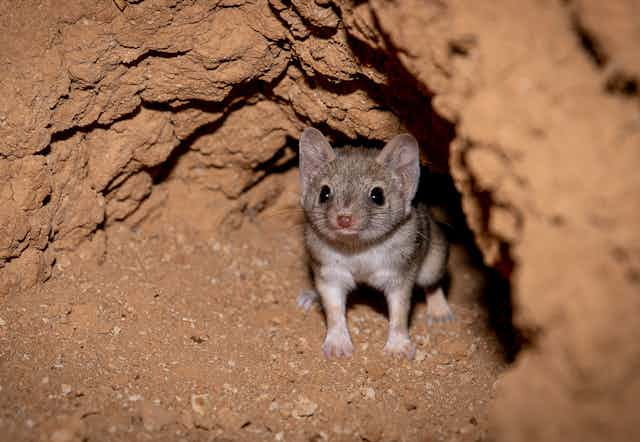It might surprise you to know that not-for-profit conservation organisations own, manage or influence growing chunks of Australia.
Not-for-profit NGOs such as The Nature Conservancy, Australian Wildlife Conservancy, Bush Heritage Australia and Trust for Nature contribute to management of over three million square kilometres, including owning about 50,000 square kilometres.
The land managed or owned by NGOs has grown at a staggering rate in Australia, which now has the second-largest percentage of land managed privately for conservation in the world, after the United States.
This growth has come as federal and state funding for protected areas has stagnated. Many of our national parks, for instance, are overrun with invasive mammals and weeds, while NGO-owned land tends to be better resourced and managed.
To have any chance of hitting our international commitment of 30% of land conserved by 2030, we will have to rely on fast-growing non-government conservation land alongside Indigenous Protected Areas.
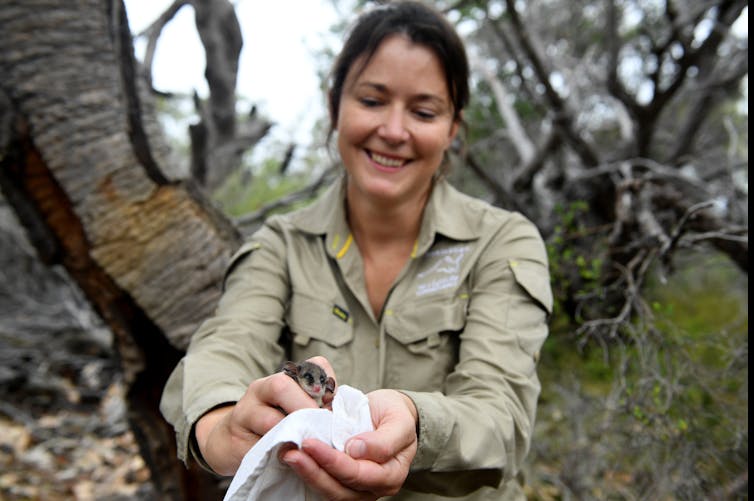
How did we get here?
In 1954, a group of US landowners were given an ultimatum: buy the 60 acre forest next to them, or see it developed. They bought it. From that event emerged The Nature Conservancy (TNC), a land trust which has protected over 50 million hectares of land worldwide, and spawned dozens of other land trusts across the globe.
In the 1970s, Australian conservationists launched their own efforts to acquire vital land. Now, the Australian Wildlife Conservancy manages, owns or influences around 1.7% of Australia; Bush Heritage Australia accounts for another 0.5%; and the Tasmanian Land Conservancy is heavily active in that state. There are a host of smaller land trusts, like Nature Glenelg Trust and Queensland Trust for Nature.
During the 1970s and ‘80s, there was strong growth in government conservation. Our public protected areas grew markedly. But then, interest and funding faltered. Queensland didn’t come close to its goal of protecting 17% of the state by 2020, for example.
That’s why conservation NGOs have stepped up, often in close partnership with First Nations groups. The US is further along this path, partly because of strong scepticism of government intervention. In Australia, we’ve tended to regard the preservation of nature as the government’s job. Unfortunately, our governments have never allocated sufficient funds to adequately stem the loss of species and habitat.
Read more: Fail: our report card on the government's handling of Australia's extinction crisis
The downside of protecting large areas? Ongoing costs
One reason governments are wary of expanding their protected networks are the ongoing costs. Funding for management hasn’t kept pace with the growth of the reserve system. In part, that’s because Australia is really big and sparsely populated.
Science-based conservation means protecting samples of all habitat types, not just tracts of cheap infertile land. To protect 30% of Queensland would mean a park system the size of Spain. Then you have to look after it.
Why does management matter? Don’t you just need to find pristine bush, fence it and install a sign, a road, walking trails and an information kiosk?
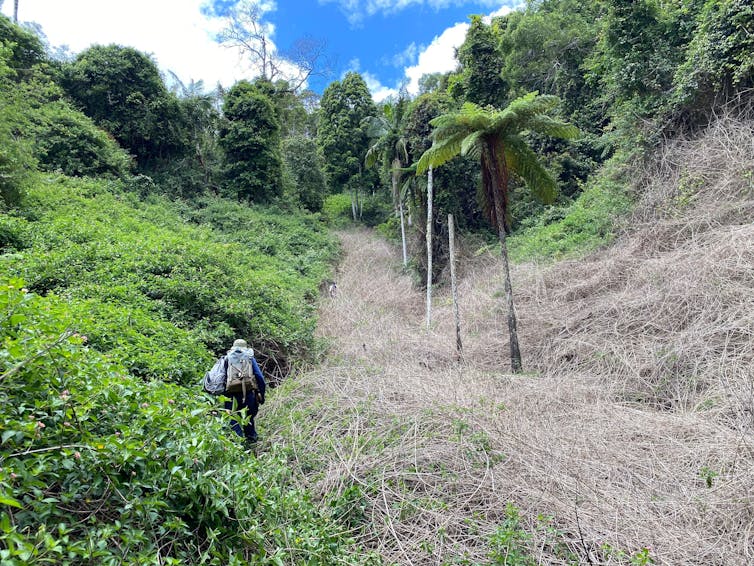
No. Declaring a national park is the easy bit. In many parks, feral animals and invasive plants are all but uncontrolled. Plant diseases, cane toads, foxes, cats, blackberry, lantana – without management, the park will degrade rapidly. And then there’s the complexity of ensuring the right fire and flooding regime.
A smart organisation or government will put aside two to three times the cost of buying the land for management. The problem is, management costs do not excite us in the same way as acquisition.
And because we expect our national parks to be open to the public, budget constraints often means money goes to keeping facilities running, tracks open and little else. The money coming in from camping and ecotourism is a fraction of what’s needed to properly care for the government parks.
Why are conservation NGOs better placed?
NGOs are increasingly attracting donations and legacies from people interested in conservation action on the ground. These donors wouldn’t think to donate to the parks service – but they will to an NGO. The organisations can work strategically with landowners to, say, improve feral animal management on grazing land or fence off waterways, without actually taking ownership of the land.
Conservation NGOs also don’t have to open their areas to the public. Many do, but only at specific times of year. Others remain shut. By and large, they’re better managed than national parks – and some are much better, with intensive management such as feral-proof fences.
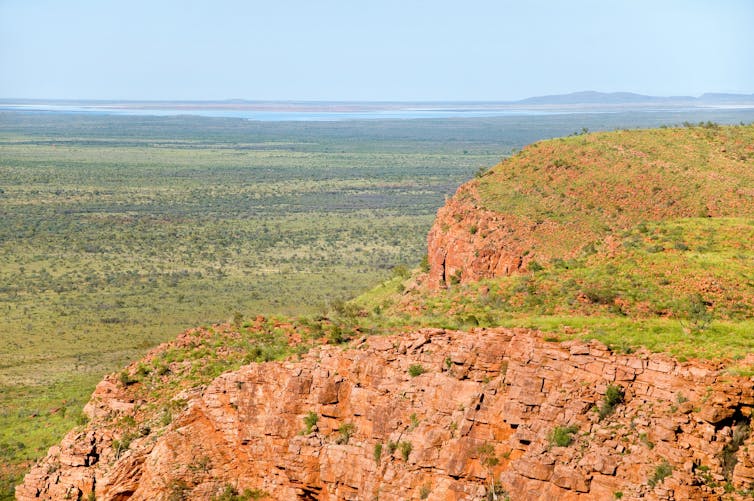
Read more: The future is fenced for Australian animals
National park staff are often hamstrung by bureaucracy and budget, with limited resources to monitor and report successful outcomes. NGOs, by contrast, are very big on scientific reporting. A threatened species had a successful breeding season on their land? They’ll tell you because reporting conservation outcomes to donors is like reporting company returns to shareholders.
So when you see big-ticket plans to protect 30% of Australian land, you should know it’s not protection as you may have thought of it. It will draw very heavily on these NGOs and land protected by private individuals.
This shift towards a broader definition of conservation land is controversial.
In these newly expanded areas, there may be some environmental thinning of trees, targeted grazing and ecotourism, as well as areas closed to these activities. This is unavoidable. There are now very few areas free from our industries, cities and farms. What matters is finding ways to conserve the world’s wealth of species alongside us.
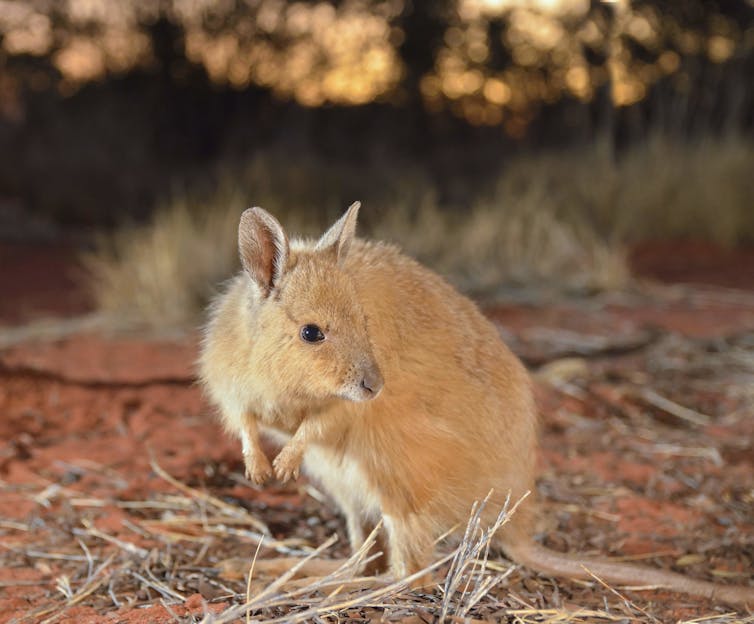
What does this mean for me?
What we should take from this shift is we can no longer file environmental issues in that handy mental box we all have named “that’s why I pay tax”.
More and more, Australians are realising they don’t have to rely on the government to secure our natural heritage.
It’s not just the government’s problem. It’s a collective problem, which means it’s also your problem. More and more of us now realise the cavalry isn’t coming to the rescue. We are the cavalry.
Read more: Protecting 30% of Australia's land and sea by 2030 sounds great – but it's not what it seems
Correction: this article originally stated The Nature Conservancy managed 1% of Australia, which is incorrect.

